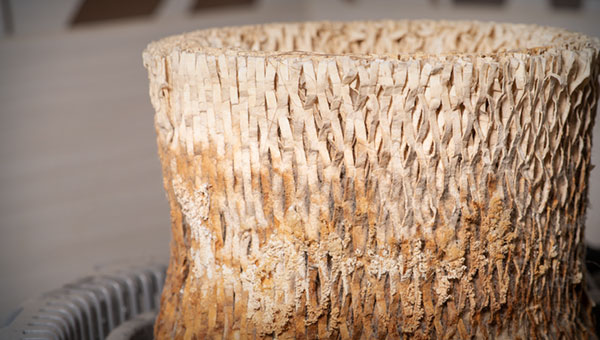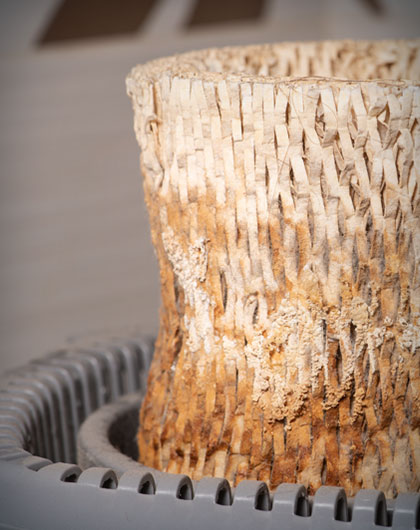
Welcome to the humid world of humidifiers, where the battle against dry air can sometimes turn into a sneaky skirmish with an uninvited guest: mold. Yes, that's right. That handy device that keeps your nostrils from resembling the Sahara Desert might also be moonlighting as a mold farm. Let's explore this moisture-packed saga and ensure your humidifier isn't plotting against your indoor air quality. Mold remediation company can help evict these unwanted guests and ensure your home's air is as fresh as a daisy.
Mold in humidifiers is like that unwanted house guest who loves damp, stagnant environments. It thrives in the moist haven of a humidifier's water tank, especially if it's more neglected than a gym membership after New Year's resolutions fade. When you leave water sitting in the humidifier for too long or skip the cleaning routine, mold spores throw a party, and trust me; it's not the kind of party you want in your house.
Your humidifier won't send you a "We've Got Mold!" notification, so you'll have to play detective. Keep an eye out for suspicious signs, like a musty smell that's not your forgotten laundry. If you see black, green, or Charlie Sheen-esque "winning" streaks inside the tank, that's mold. Humidifier sickness symptoms might also include feeling like you've developed allergies overnight, or suddenly finding yourself in a coughing fit worthy of a tragic opera.

If you start suspecting that your humidifier is a double agent working for Team Mold, it might be time to call to FDP Mold Remediation of Ridgewood. Mold isn't just an aesthetic issue; it can be like that one relative at family gatherings - slightly harmful and definitely unwanted. Persistent humidifier sickness symptoms or seeing mold's autograph around your home are clear signs to seek expert advice.
In summary, your humidifier should be an ally in your quest for comfy, moist air, not a mold factory. With a little vigilance and regular cleaning, you can keep your indoor air quality as pristine as a mountain breeze and as mold-free as a desert. Remember, a clean humidifier is a happy humidifier, and a happy humidifier makes for a happy home!
Not really, unless they join the dark side due to neglect! Humidifiers are usually innocent when it comes to air pollution. But if you treat them like a cactus (read: ignore them), they might start a side hustle in spreading bacteria and mold. Remember, a clean humidifier is a happy humidifier, so show it some love and follow the manufacturer's cleaning schedule.
Absolutely, especially if you're living in a place drier than a stand-up comedian's humor or during those winter months when your heater sucks the moisture out of the air like a vacuum, but watch out! Too much humidity is like an overenthusiastic guest - it can lead to mold parties and wood furniture drama. Keep that humidity etiquette in check (30-50% is the sweet spot).
Mostly yes, if you keep your humidifier spick and span. These gadgets are great at moisturizing the air, making your lungs sing with joy. But if it's dirtier than a teenager's bedroom or uses water sketchier than a back-alley deal, you might end up inhaling a mini horror show of minerals and germs.
Dreamy, for the most part! Sleeping next to a well-behaved humidifier can turn your bedroom into a comfy oasis, especially in arid zones where the air is drier than a British comedy. Just make sure your humidifier isn't throwing a humidity rave in your room - keep it clean and ensure the air in your room doesn't turn into a tropical jungle.



